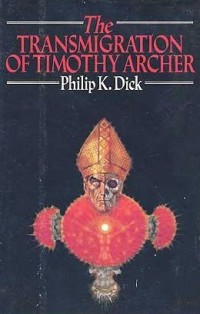 The Transmigration of Timothy Archer
The Transmigration of Timothy Archer
by Philip K. Dick
Mariner Books, 1982
256 pages / $13.95 buy from Amazon
1. If Phil Dick were a preacher, I think there would be a lot more interest in religion with his unique blend of fantasy, science fiction, philosophical speculation, ontological conundrums, and church history.
2. I bought the Transmigration of Timothy Archer at a bookstore called the Last Bookstore which gave me an ominous reminder of the apocalypse, or perhaps just the end of paperback books. When I studied the history of Christianity at Berkeley, I was surprised to find out that in the year 999, people were convinced the end of the world would come on 1000 and mass hysteria spread across the world. 1000 came and went and the world is still here.
3. The character of Bishop Timothy Archer is based on a real life American Episcopal bishop named James Pike who was friends with Philip K. Dick. Bishop Pike lived from 1913-1969 and led a huge congregation at the Grace Cathedral. He was a controversial figure who supported the ordination of women, racial desegregation, and the acceptance of LGBT people. He worked in support of civil rights and marched with Martin Luther King, Jr. during his march to Selma, Alabama. He was an alcoholic, had a romantic relationship with his secretary, and was brought up on heresy charges multiple times for questioning the virgin birth and the existence of Hell. He was never convicted.
4. The Transmigration of Timothy Archer is the third book in a trilogy that includes VALIS and the Divine Invasion. You don’t need to read the first two to understand this one, though it helps. This one also has no science fiction elements in contrast to the previous two.
5. The book starts with the death of John Lennon and is told through the perspective of Angel Archer who is the daughter-in-law of Timothy Archer. Timothy Archer is already dead and she is reflecting back on his life and the fact that he sought “what lies behind Jesus: the real truth. Had he been content with the phony, he would still be alive.” He begins to question the identity of Jesus after learning about the discovery of the Zadokite Scriptures, now known as the Damascus Scriptures. In those scriptures predating Christ by two centuries, there are references to sayings Jesus made, suggesting the message was not entirely original. It’s those implications that drive Archer on his quest.
6. To be more specific: “My point is that if the Logia predate Jesus by two hundred years, then the Gospels are suspect, and if the Gospels are suspect, we have no evidence that Jesus was God, very God, God Incarnate, and therefore the basis of our religion is gone. Jesus simply becomes a teacher representing a particular Jewish sect that ate and drank some kind of— well, whatever it was, the anokhi, and it made them immortal.”
7. Anokhi means Pure Self-Awareness and was eaten at the Messianic banquet. The Last Supper Jesus had with His disciples wasn’t just a sharing of bread and wine, but in a parallel with Zoroastrianism and Brahman, an assimilation and unification with God.
8. Timothy Archer refers to John Allegro, the official translator of the Qumran Scrolls, who posited a theory in his book The Sacred Mushroom and the Cross. That theory was that Jesus and His early disciples smoked mushrooms that gave them hallucinations and became the basis of their religion.
9. Jeff Archer, Bishop Archer’s son and Angel’s husband, has his own theories. He is particularly obsessed with the idea that “the ills of modern Europe” can be traced “back to the Thirty Years War which had devastated Germany, caused the collapse of the Holy Roman Empire, and culminated in the rise of Nazism and Hitler’s Third Reich.” A prominent figure in those times was the German general, Wallenstein, who “colluded with fate to bring on his own demise. This would be for the German Romantics the greatest sin of all, to collude with fate, fate regarded as doom.” Jeff Archer ends up committing suicide after he falls in love with the woman Timothy Archer is sleeping with.
10. Timothy Archer is sleeping with his secretary, Kirsten. READ MORE >

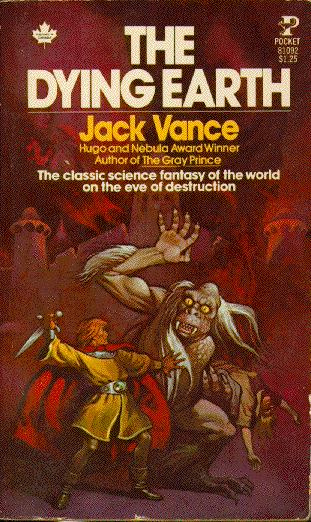
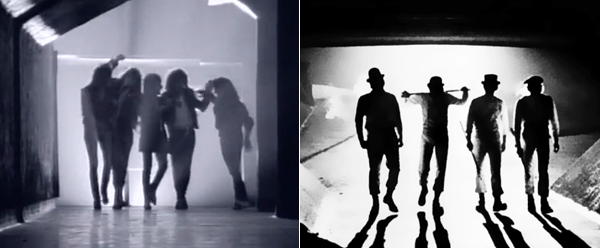

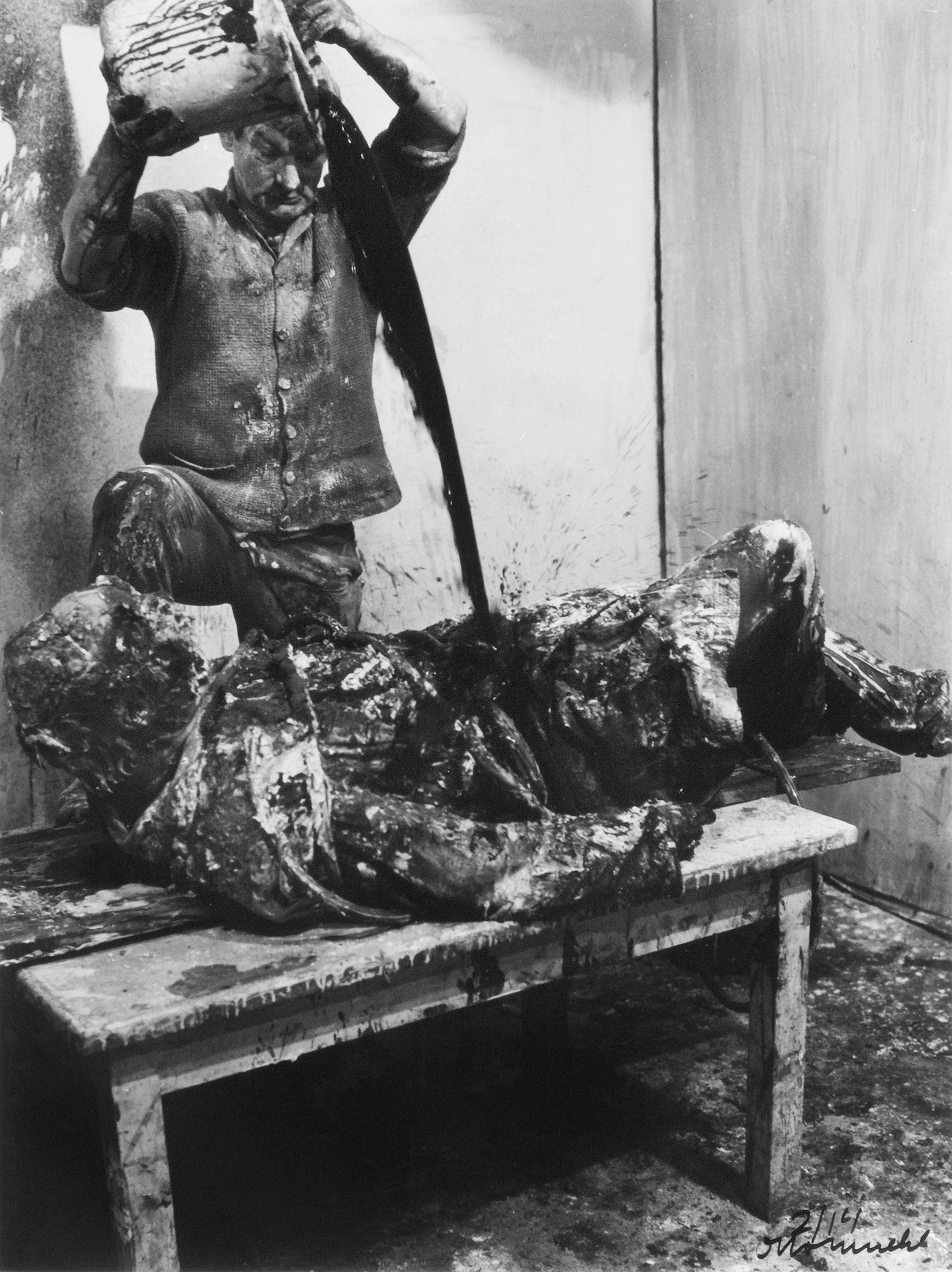
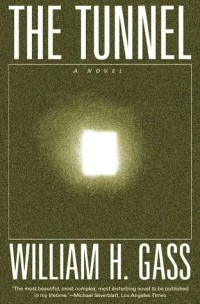 The Tunnel
The Tunnel
